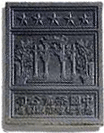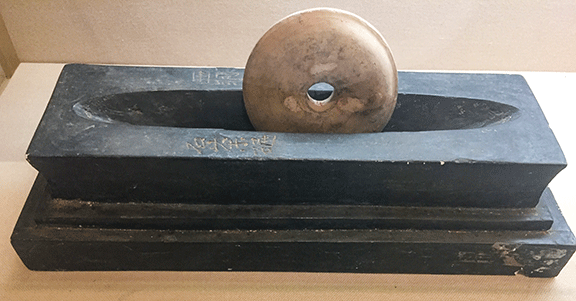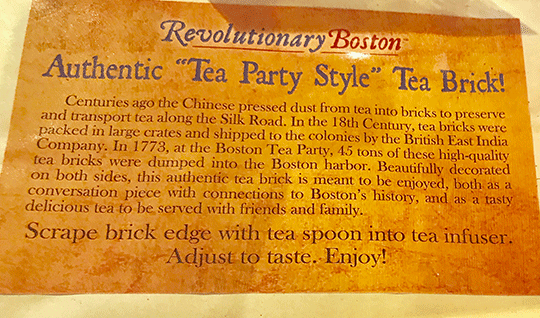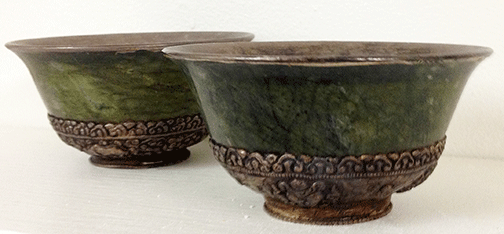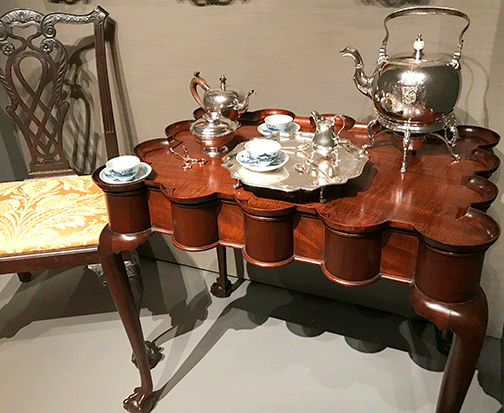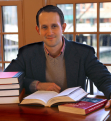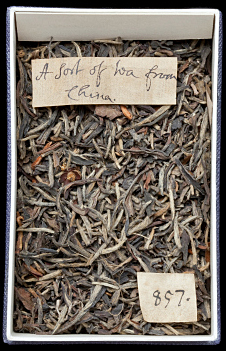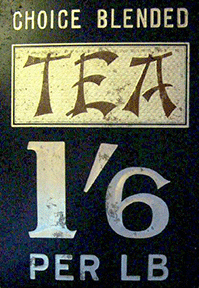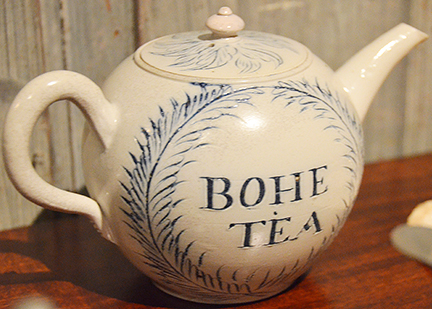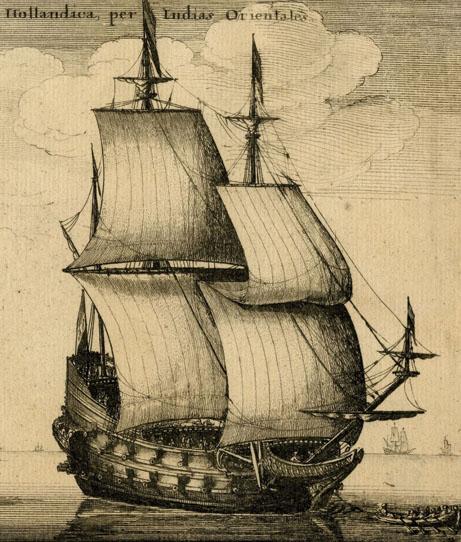Was brick tea thrown overboard at the Boston Tea Rebellion?
The answer is NO.
I sometimes see this myth mentioned in historical accounts of the Boston Tea Party. Worst of all, I’ve seen stacks of tea bricks fro sale in at least two gift shops at historic sites with narrative signs that say the East India Company brought these bricks of tea from China and then shipped them on to The Colonies, including 45 tons of tea bricks on board the three ships docked in Boston Harbor on the night of December 16, 1773.
